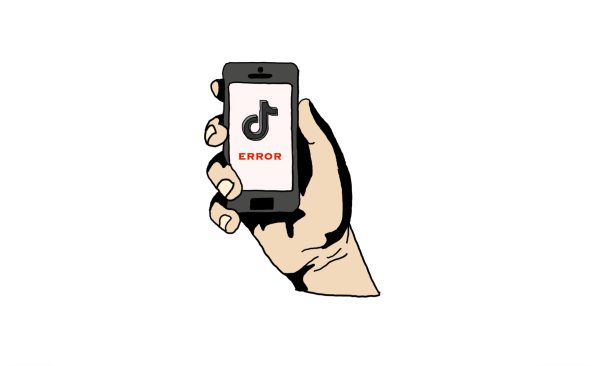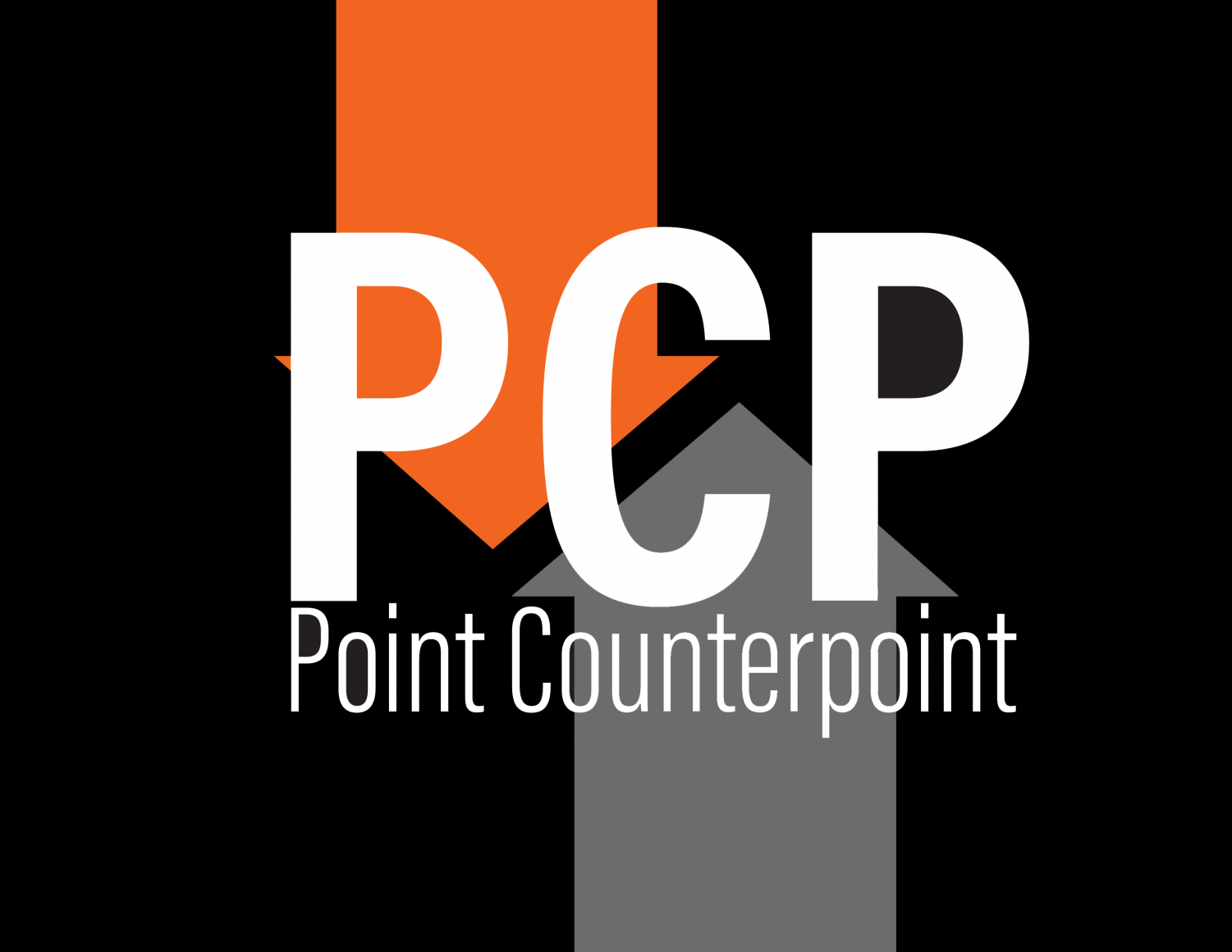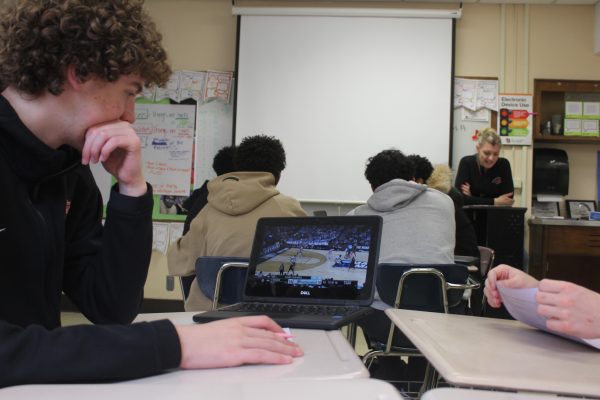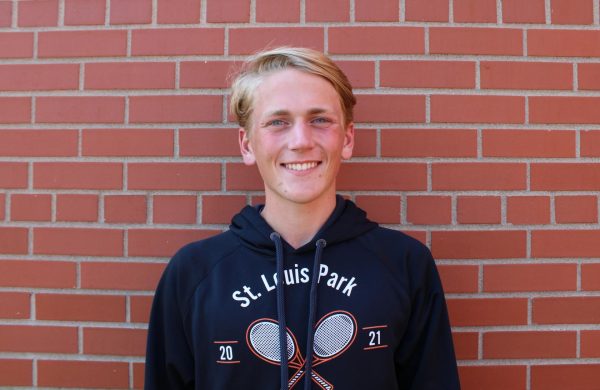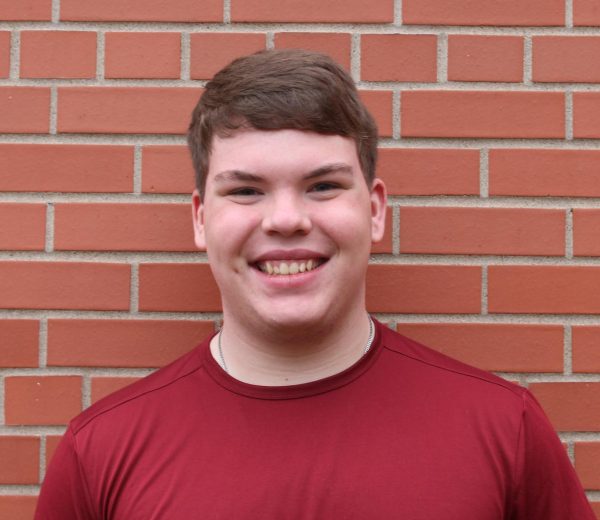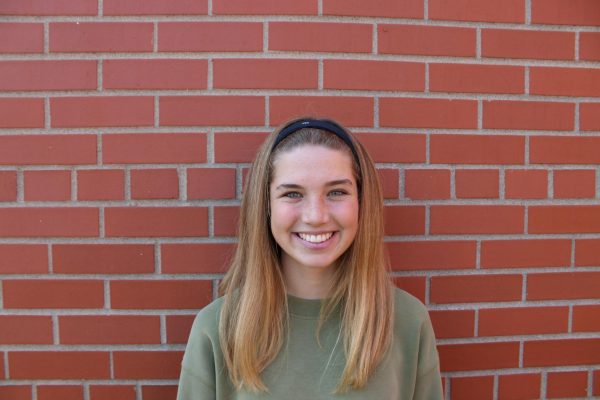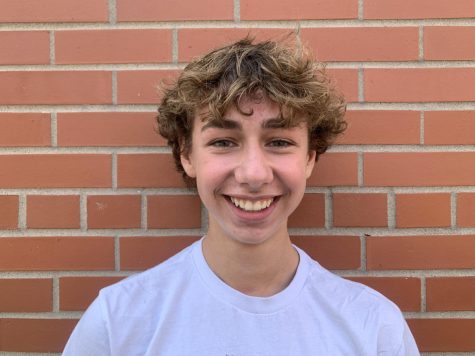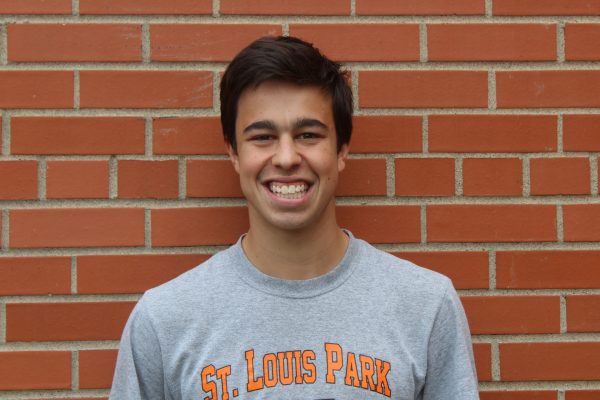Point/Counterpoint: Minneapolis student Go-To transit passes
April 30, 2013
In 2014, the Minneapolis school district plans to enact the Go-To student pass, which will issue high school students Minneapolis transit passes, usable from 5 a.m. to 10 p.m., seven days a week. This removes the traditional yellow bus system in place for the rest of the state. The district justifies the decision based on increased schedule flexibility and better extracurricular accessibility, but others deem the changes dangerous and unnecessary.
Vote in the poll to the right to decide the winner.
Point: Student Go-To passes are simply fare education
Josh Scal
The Minneapolis public transit system, ranked fifth in the nation by U.S. News and World Report, will soon add another demographic to its rider base—high school students. Taking advantage of such a system to get students to high school should be a no-brainer.
The program, which simply replaces school buses with transit passes, comes at no additional cost to the district. Students who cannot find transportation to and from after-school activities can simply take public transportation instead of missing out on valuable extracurriculars. Those students who missed the old yellow bus in the morning no longer require rides from parents or need to stay home from school. Instead, they will simply hop on the next scheduled city bus.
High school students have long heard their guidance counselors overuse phrases like “sculpting young minds” and “developing young adults,”, but here these cliches actually prove applicable. Giving students the power of a Go-To card teaches them the lifelong skills such as personability and accountability, which are only acquired through real-world experiences.
Uneasy parents and those who favor the old yellow bus system will likely call into question the program’s safety. The fact is, there is no safety question to begin with. Out of the 600,000 rides taken in the last three years by students in the pilot program, only two incidents were reported at transit locations. Nationwide, out of more than 10.2 billion, barely more than a thousand incidents were reported to the Bureau of Transportation Statistics.
Such bussing changes could soon come to Park if a bill Frank Hornstein (D 60A) introduced to optionally expand this opportunity to suburban schools passes the Minnesota legislature. The legislature must use buses to achieve what schools are built for—enabling students to transition into problem-solving, proactive adolescents. Give a student a Go-To card and their pocket will not only contain a pass representative of freedom and flexibility of scheduling, but also the responsibility and competence required of any successful young adult.
Counterpoint: Public buses cannot match benefits of school buses
Noah Betz-Richman
Minneapolis’ public transit system cannot compare to the safety and social environment of traditional school buses.
Students are at risk of crashes and traffic accidents regardless of the method of transportation. However, a study conducted by the National Highway Traffic Safety Administration (NHTSA) found school buses are the safest way to transport students, accounting for less than 1 percent of student fatalities. According to the National Safety Council, school buses are four times safer than public buses.
In addition to safety, riding the school bus provides an important opportunity for students to talk with peers and develop social skills. Park high school students ride the same buses as elementary school students, which allows the older students to practice leadership skills.
One reason Minneapolis Public Schools are making the switch to public buses is to provide flexibility in students’ schedules, so they can take buses home after staying late for activities. However, it is expensive for the Minneapolis district to provide every student in public high schools with Go-To cards, and schools could use these funds to provide after school buses for students.
Furthermore, many parents may be afraid to allow their children to use public transit. A study conducted by the University of Memphis found 75.4 percent of people said they feared using public transportation alone at night.
Another risk of public buses is violence. According to the most recent report by the Bureau of Transportation Statistics, in 2009 there were 915 robberies and 192 cases of aggravated assault on public buses. Public buses can pick up any adult, but only students can ride school buses.
Public buses may carry dangerous passengers, and crime is more likely on a public bus than a school bus.
The Minneapolis school district has used school buses for decades, and the system does not need change. Park should uphold the tradition of using yellow school buses to maintain student safety and promote social development.





